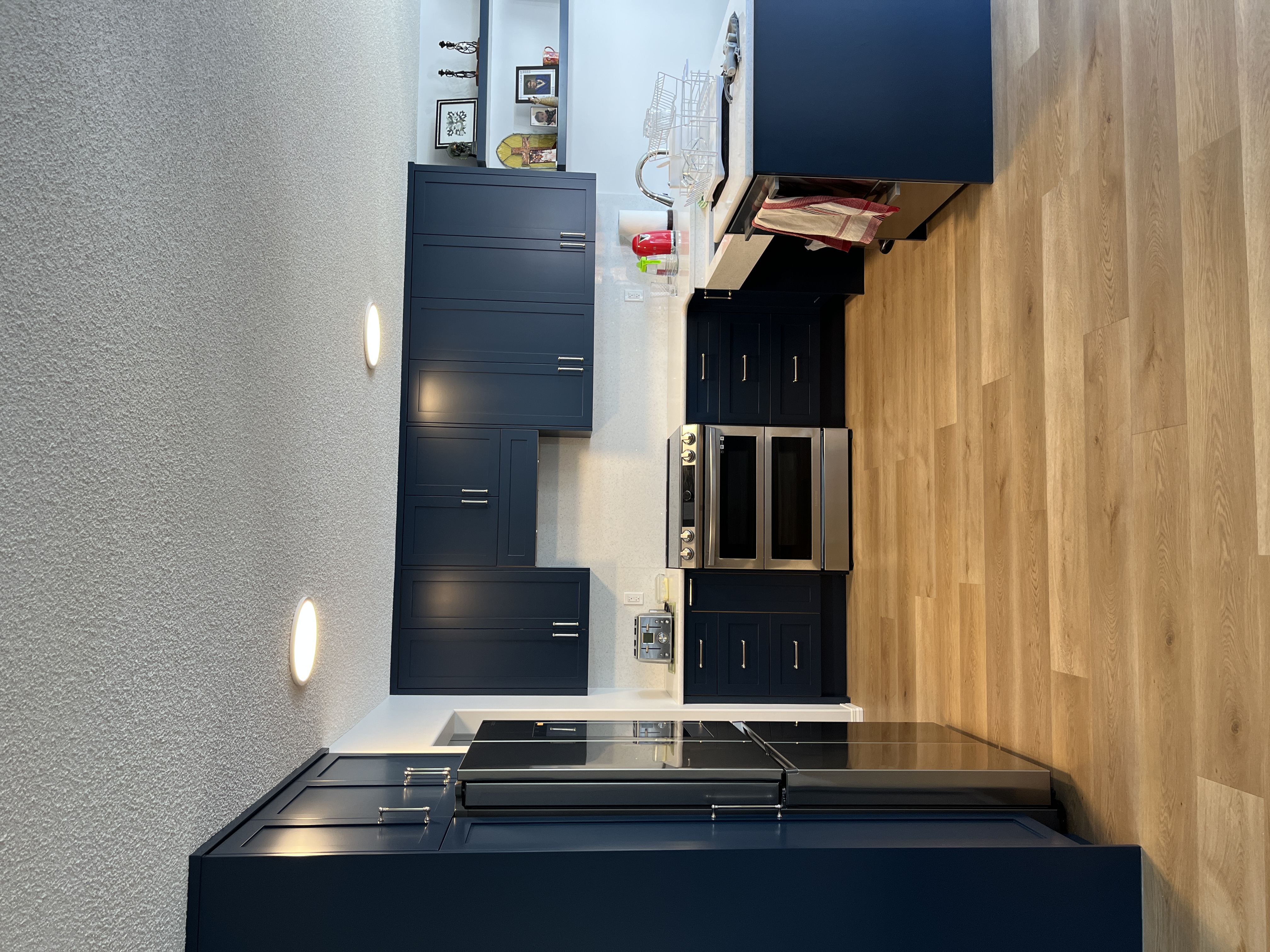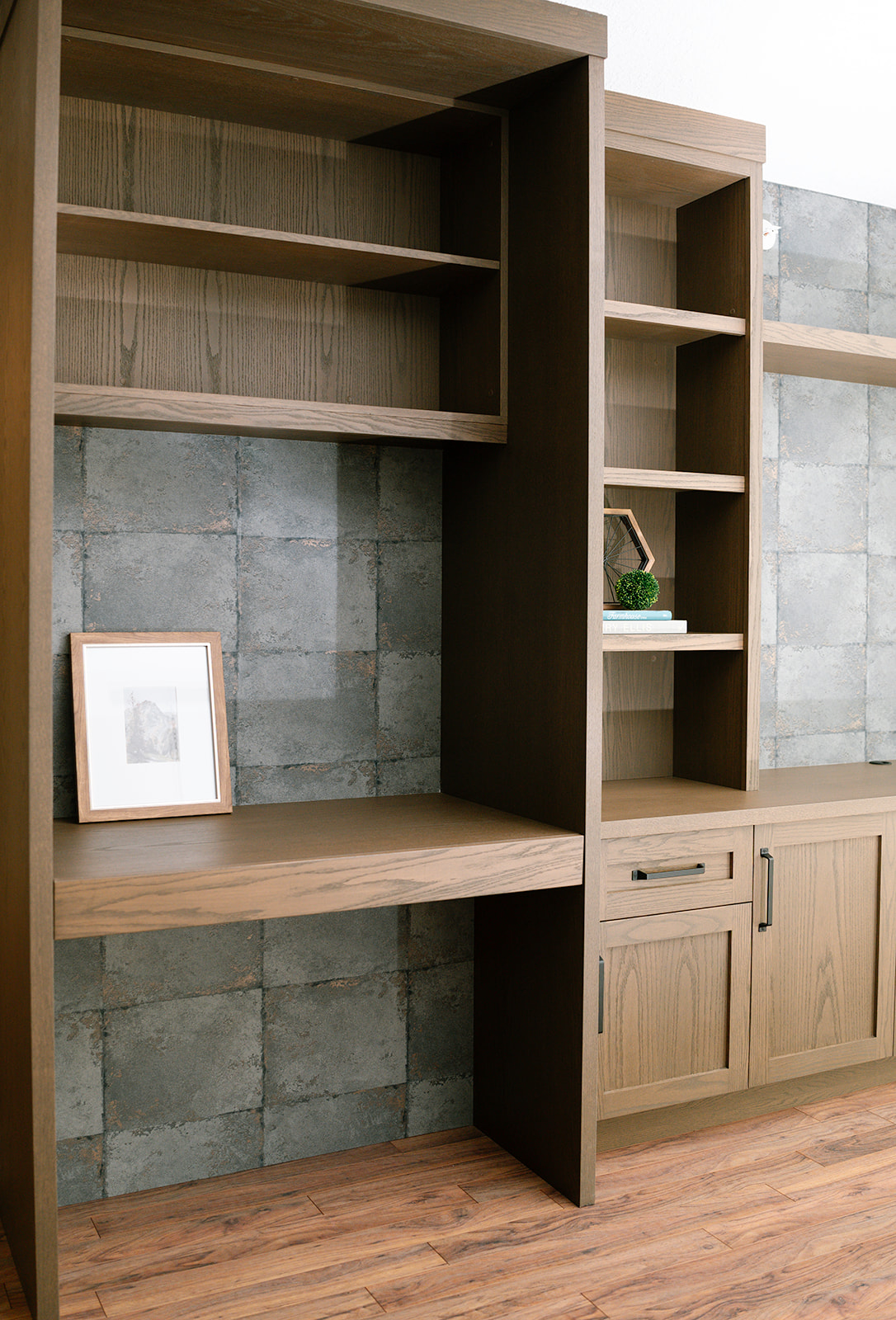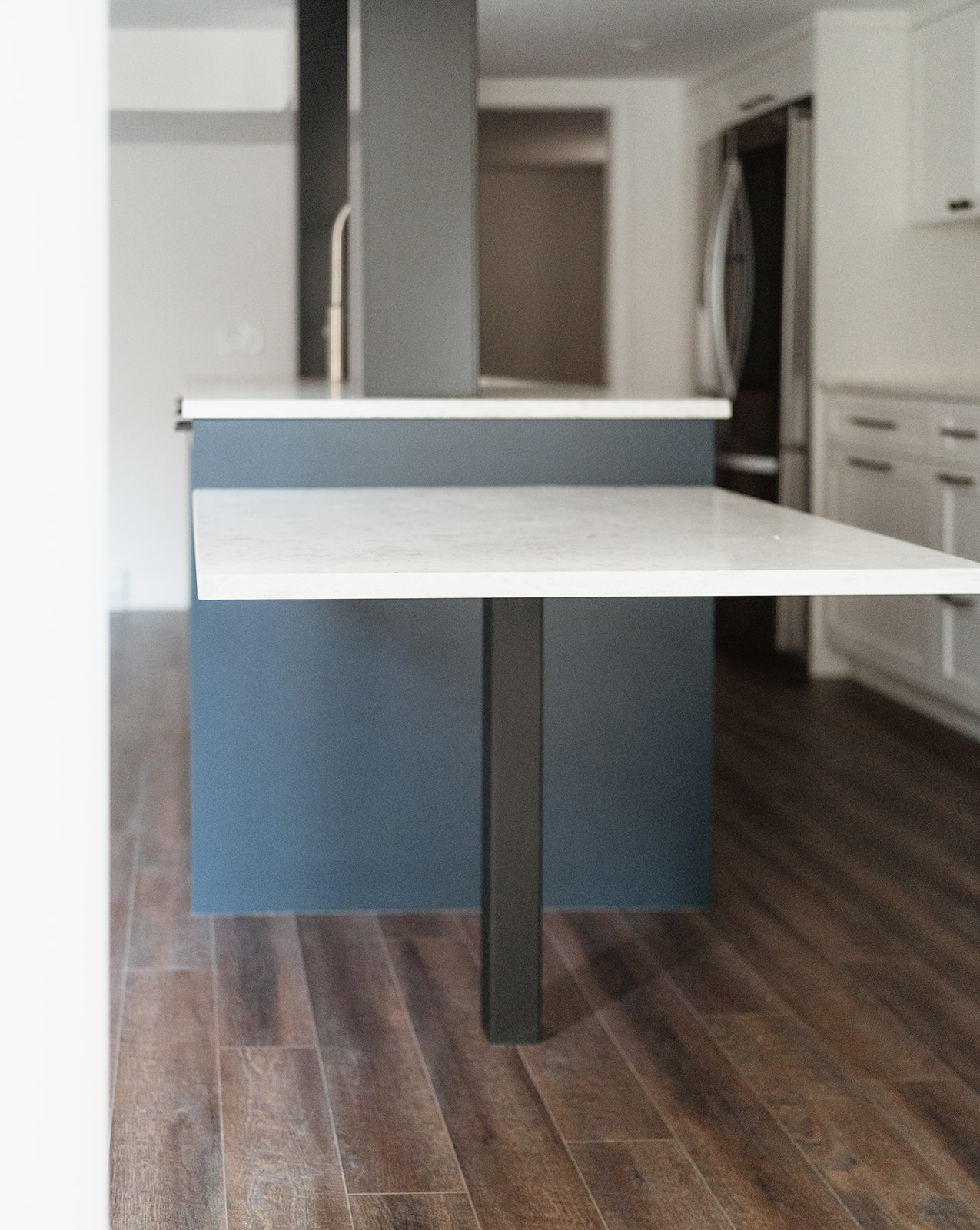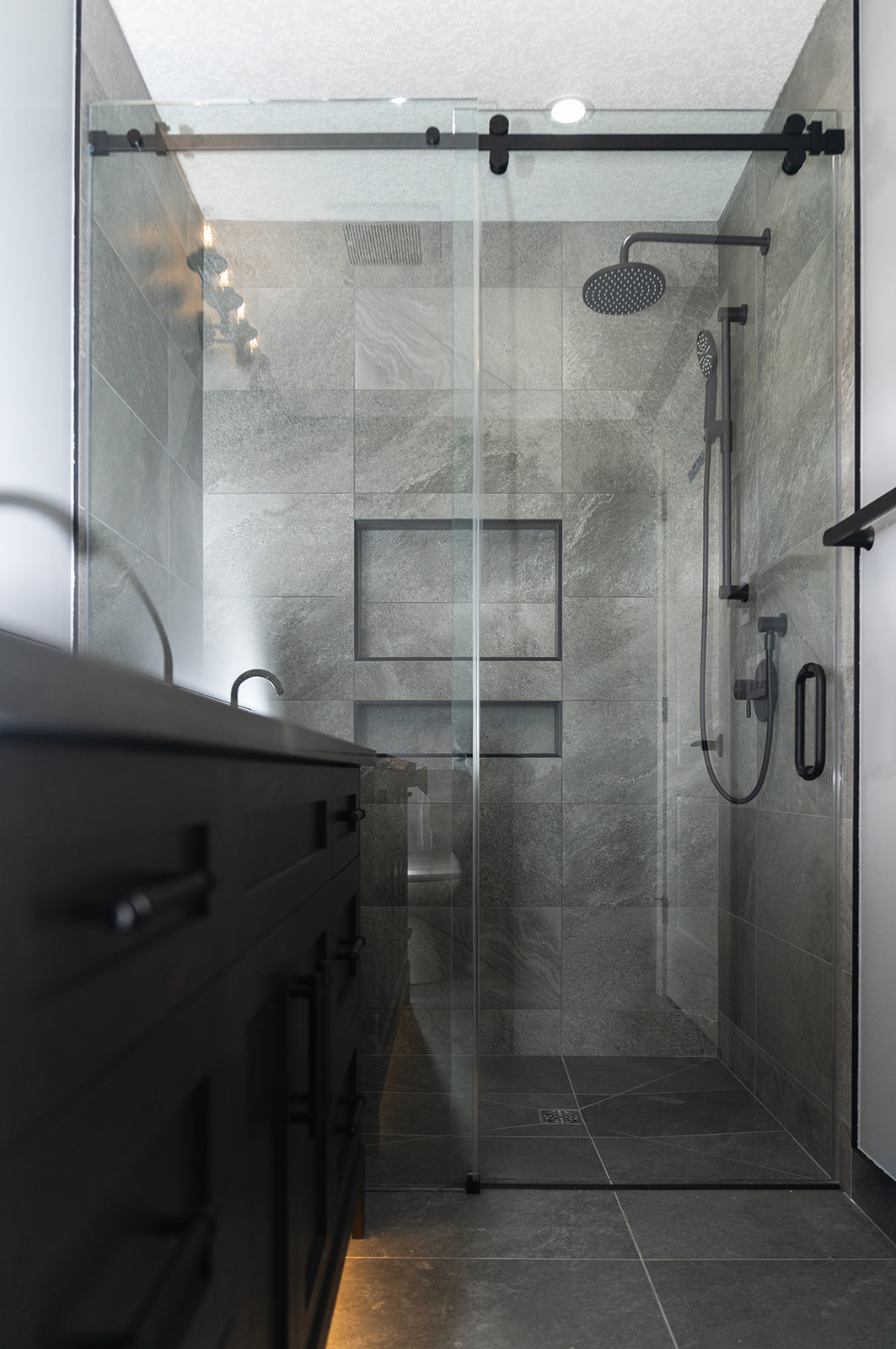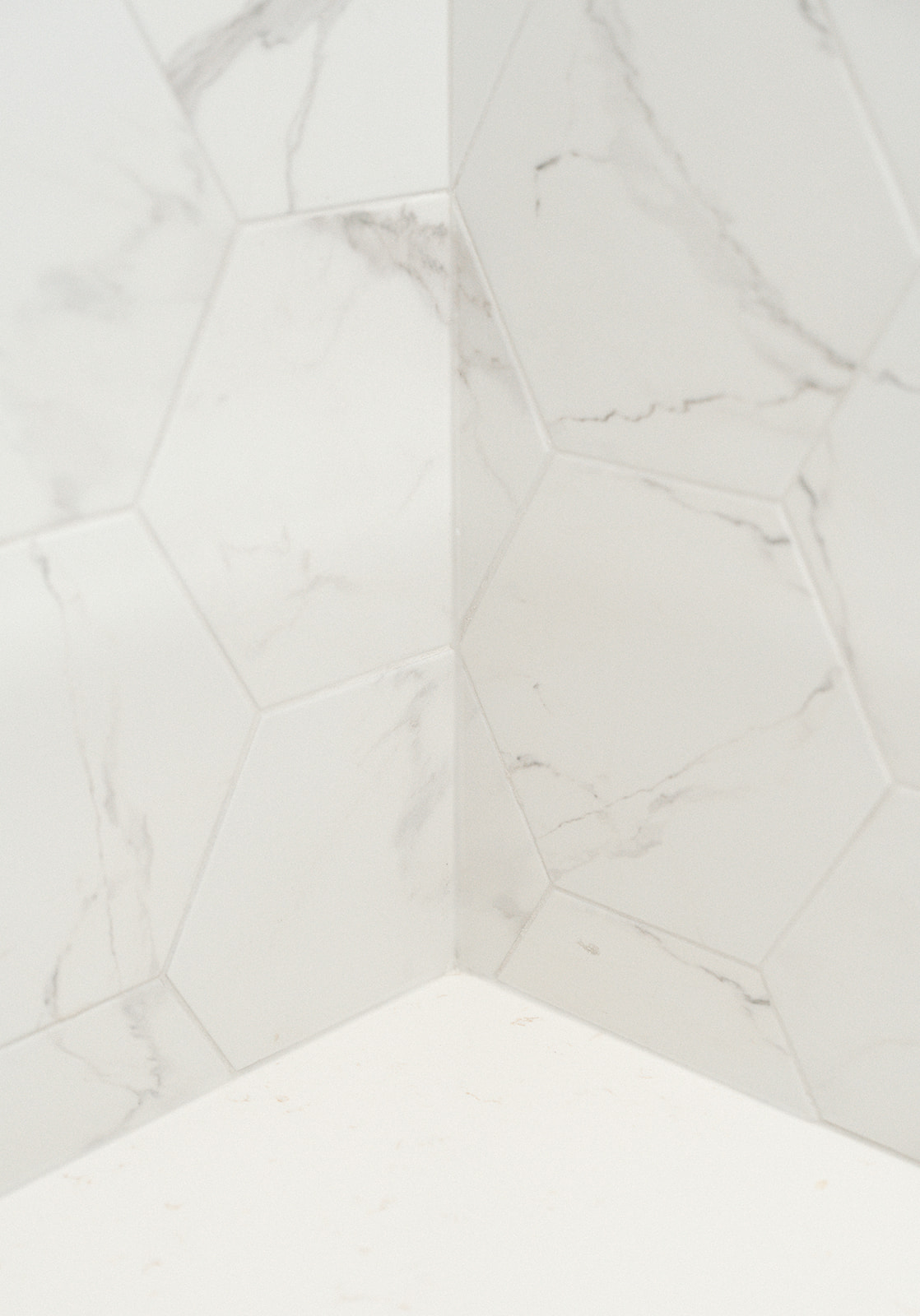
Typically, accessible home design has too often been synonymous with a sterile, clinical aesthetic. Think institutional grab bars, clunky plastic shower chairs, and harsh lighting. But things have evolved. Today, accessibility and style no longer have to exist at opposite ends of the spectrum. The most modern homes blend the two. Seamlessly creating spaces that are not only functional and safe but also beautiful, inviting, and full of personality.
Whether you're designing for your existing needs, a loved one, or aging in place, here are some suggestions on how to create accessible spaces that feels like a home, not a hospital.
1. Rethink Accessibility as a Design Asset, Not a Limitation
Modern accessible design isn’t about compromise; it’s about inclusion. Wide hallways and open layouts, for example, benefit everyone by improving flow and visibility. Lever door handles are easier for people with arthritis or limited mobility, but they’re also more stylish and easier for kids or anyone with their hands full.
The goal? Create a space that’s effortlessly usable for people of all ages and abilities, without looking like it was made for just one.
2. Elevate the Bathroom with Spa-Like Accessibility
An accessible bathroom doesn’t need to feel institutional. Walk-in and roll-in showers with frameless glass panels offer a sleek and luxurious appearance. Pair them with large-format tiles (which require less grout and are easier to clean) and a handheld showerhead on a sliding bar.
Add features like:
- Large, thoughtfully placed thermostatic shower controls with lever activation.
- Built-in benches made from wood or stone-look surfaces.
- Motion-sensor night lights add safety without harsh glare.
- Heated floors are both luxurious and helpful for people with circulation concerns.
- Electric bidet toilet seats combine high-end comfort with practical functionality, transforming any bathroom into a retreat.
3. Choose Stylish Grab Bars That Blend Safety with Design
Grab bars are essential for safety, but they can also enhance your space when chosen thoughtfully. Today’s options go beyond basic functionality, offering sleek finishes, modern lines, and even multi-purpose features, such as built-in shelving or towel racks. From matte black to brushed nickel, there are plenty of beautiful choices that seamlessly match your bathroom’s aesthetic while providing the support you need.
4. Smart Home Tech = More Independence
Smart home tech is a game-changer for accessible living. Voice-controlled lighting, blinds, and thermostats not only provide convenience but also support greater independence.
Stylish and subtle devices like:
- Voice assistants (Alexa, Google Home)
- Touch-free faucets
- Smart locks and video doorbells can be integrated into modern interiors without any visual clutter.
Bonus: Tech doesn't "look" accessible, it just is.
5. Use Design Elements That Add Beauty and Usability
Some simple design choices pull double duty:
- Colour contrast (light switches on dark walls, or dark countertops on light cabinetry) helps those with low vision—but also looks fantastic.
- Non-slip flooring doesn’t have to mean rubber tiles. Choose textured porcelain, vinyl planks, or wide oak flooring with a matte finish.
- Layered lighting using sconces, under-cabinet lights, and dimmable LEDs ensures that every room is well-lit and adaptable to different needs and moods.
6. Focus on Flow, Not Just Fixtures
A truly modern, accessible home is one where movement feels natural. That means:
- Open floor plans (without excessive furniture)
- Wider doorways (36 inches is ideal)
- Pocket doors or barn doors for easier access
- Low or zero-threshold transitions between rooms
These changes don’t just make a home more accessible; they often make it more modern and desirable for everyone.
Final Thoughts: Design for Dignity, Comfort, and Style
Modern accessible home design is about more than checklists. It’s about creating environments where people feel at ease, empowered, and proud of their space. Accessibility doesn’t have to be obvious, and it definitely doesn’t have to be ugly.
With thoughtful planning and the right products, you can build an inclusive home and an Instagram-worthy space.
Want to see real life examples of stylish accessible homes? Check out the “Projects” tab on our website to browse our photo gallery.
Book a callRead more posts
Shift your perspective, explore new possibilities.
Shift is the only contractor serving the Calgary area focused 100% on accessibility and universal design. Get in touch to learn more about how we can transform your space.
Contact us






.jpg)
